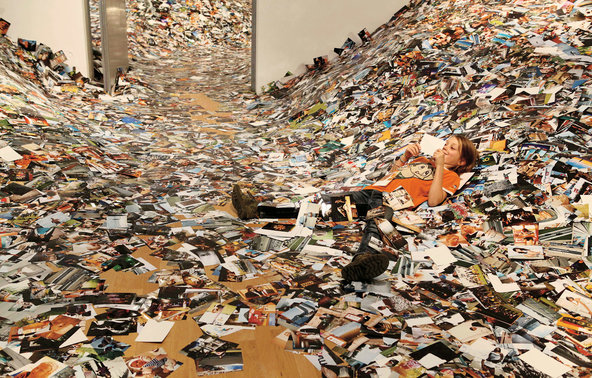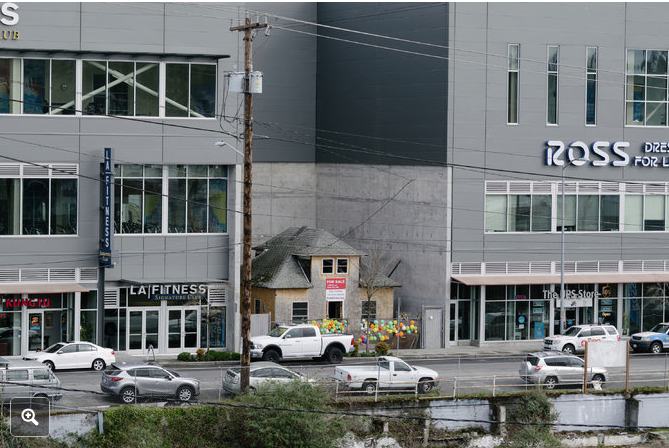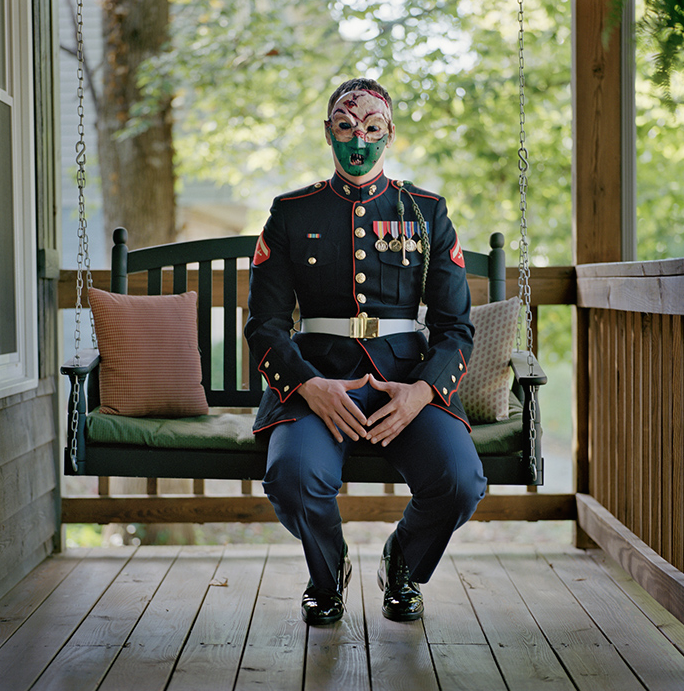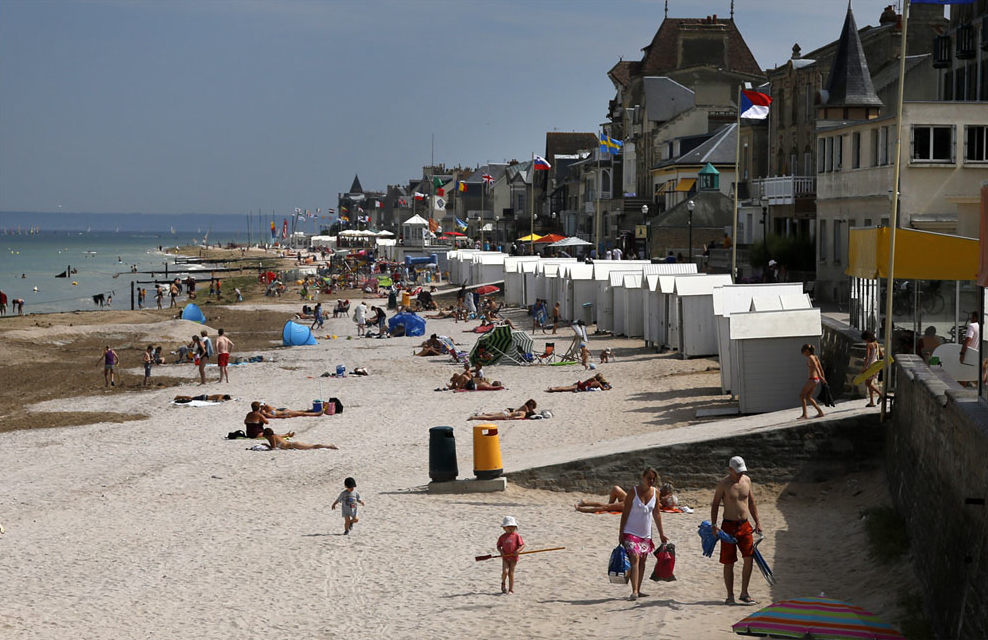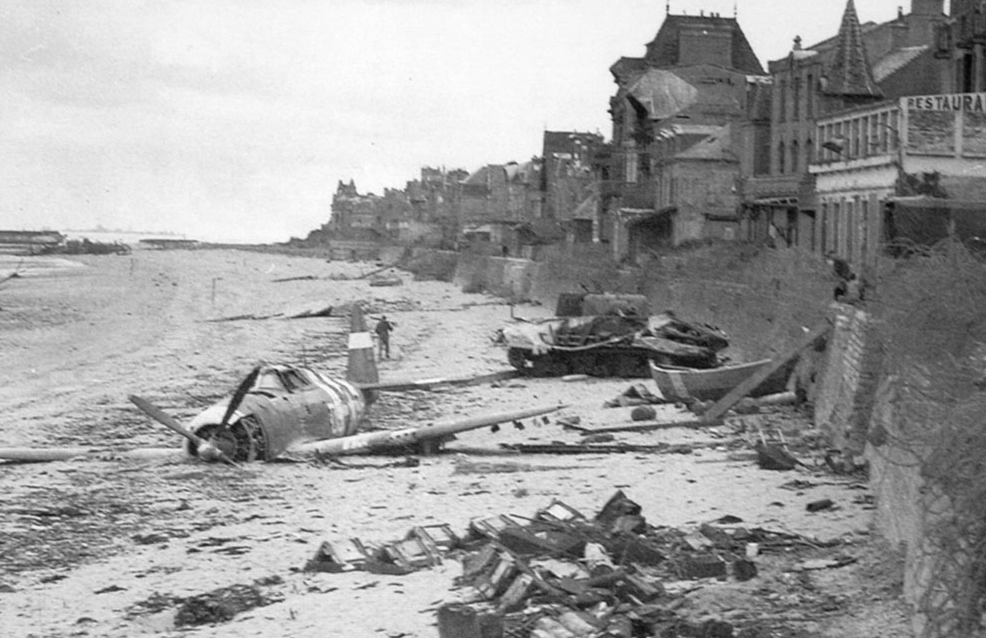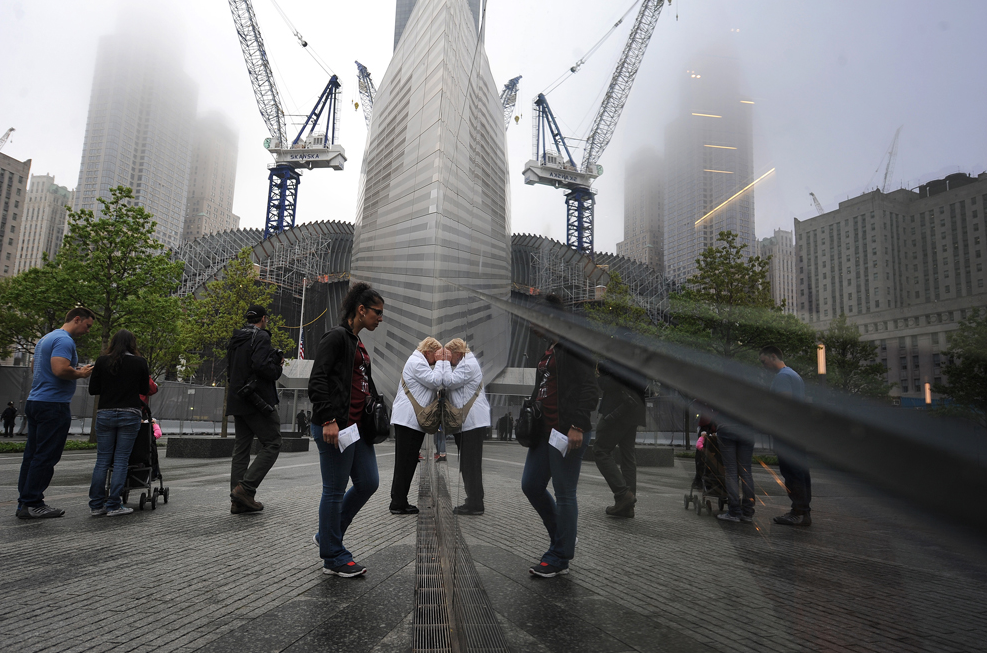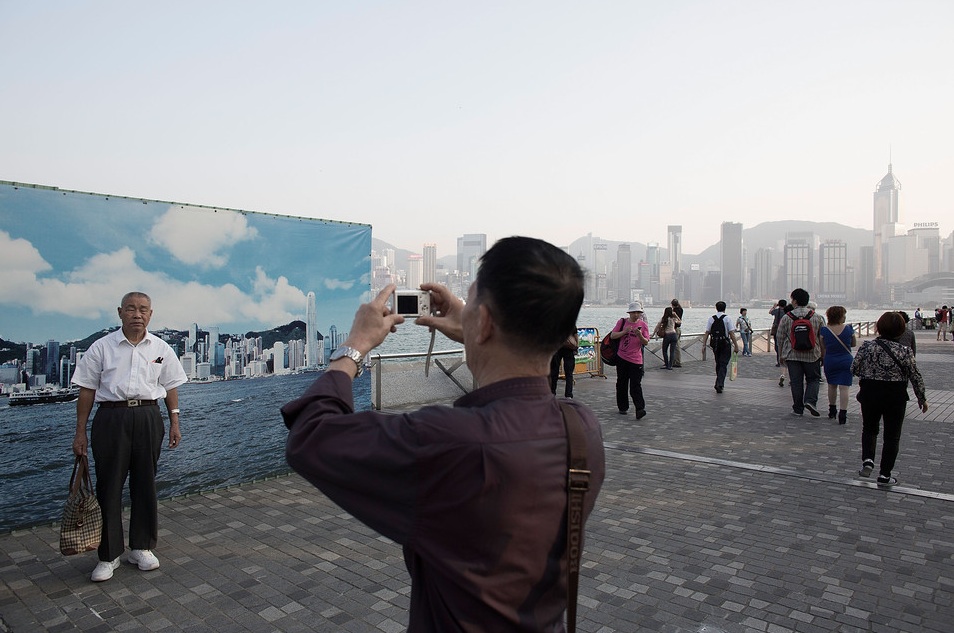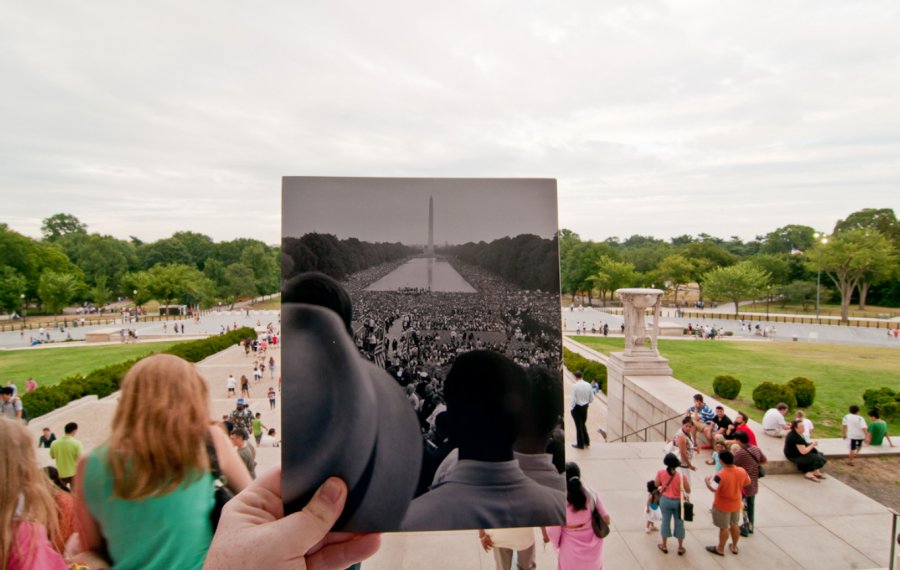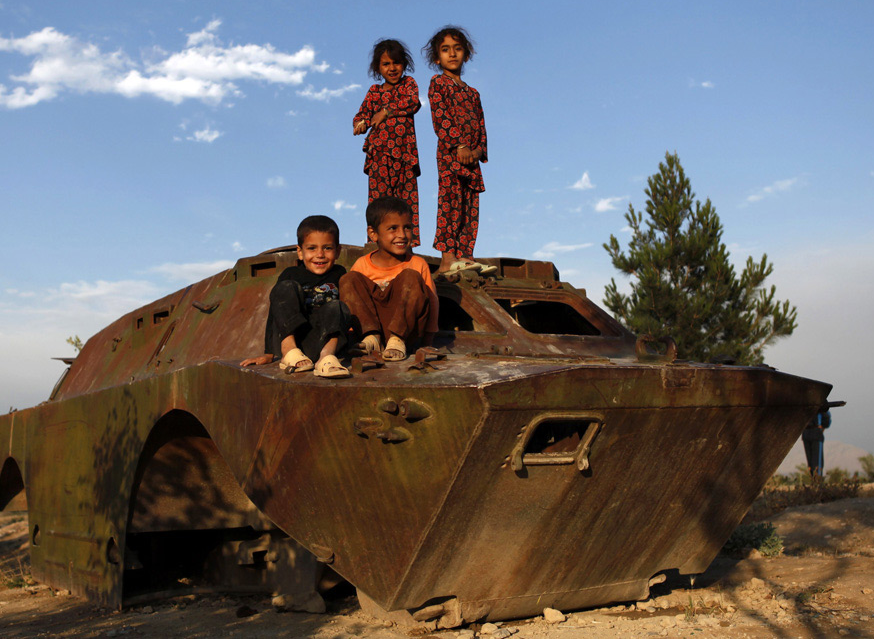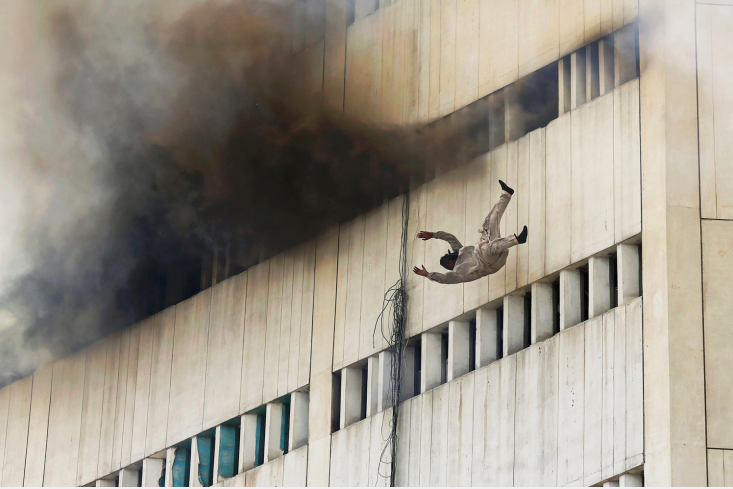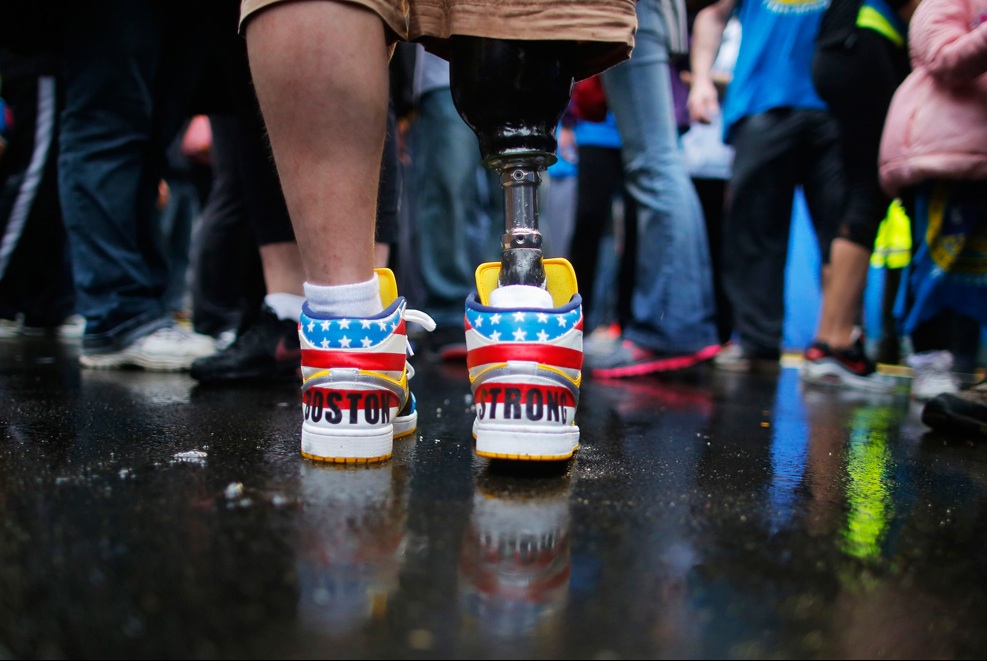
Hopkinton is a lazy New England town in Massachusetts’s Middlesex County, population approximately 2,500 residents. It features an annual Polyarts Festival, as well as a Fourth of July celebration that includes most of the locals, and a summer concert series in the town commons. It also happens to be approximately 26.2 miles from Boylston St., Boston and so this morning—as on the third Monday of every April, a day also designated in Massachusetts, Maine, and Wisconsin as “Patriot’s Day” in commemoration of the Battles of Lexington and Concord—it will host approximately 36,000 runners from around the world prepared to compete in the 118th running of the Boston Marathon. Of course this is no ordinary running of the race, as it comes on the one year anniversary of last year’s tragic bombing at the finish line that killed 3 and injured 264 more, some quite seriously as indicated by the photograph above which shows one of the survivors participating in a Relay that traversed the course of the Boston Marathon this past week in an effort to raise money for children in need of prosthetic limbs
Photographs index an objective reality, and there is no getting around the painful and horrible experience of losing one’s leg in a terrorist attack. Photographs do more than mark objective realities or the most literal of truths, however, and can also activate the imagination, inviting the viewer to see the world differently or anew. Sometimes that is done by invoking a perspective by incongruity as when, for example, a photograph takes the view of a non-human animal appearing to pass judgment on its human counterparts. Or at other times it can occur when a photograph emphasizes incidental features of everyday life that turn out to be quite significant. And there are many other possibilities as well. One increasingly common visual convention relies on the trope of synecdoche, substituting the part for the whole (or visa versa), and thus inviting the viewer to imagine a scene as a matter of scale. Think, in particular, for how the face becomes the representation of a whole body, or the individual can stand in for the collective.
The photograph above is a case in point, as it reduces a collective of individuals to their feet—and more, to the shoes that they are wearing. The ersatz patriotism displayed on the shoes in the foreground and worn by the most obvious of victims is pronounced, and so we cannot not ignore it, but it should also be noted that no one else seems to have coded their footwear with their politics, or at least not so explicitly and boldly. And indeed, the longer you gaze at the photograph the more it becomes clear that the shoes in the foreground call attention to themselves precisely because they are so pronouncedly performative. Appearing to stand at attention, they indicate the (undoubtedly justified) pride and motivation of the person wearing them, but it is the distinct, multi-colored shoes—all running shoes to be sure—of everyone else that define the collectively that has congregated. And note how they all appear to be moving in different directions and yet don’t seem to get in the way of one another. They are something of a community, perhaps all committed to the mantra of “Boston Strong,” but they are also not driven by an overwhelming stylistic uniformity that demands anything like a stultifying unity.
What are we to make of that? If all we see here are a set of feet, there might be little to say. But if we stand back for a moment and see with the feet then we can acknowledge how the photograph activates a traditional way of thinking about politics—the body politic—as it has been adapted to the conditions of public representation: the body politic appears to be fragmented rather than totalizing, realistic rather than idealized, and provisional rather than essentialist. Put differently, in its fragmented, dismembered form we are seeing a body politic that is no longer whole yet still quite active. Perhaps this part-for-whole image of the bodily fragment signifies the distributed body of modern social organization, and in particular the pluralistic body of modern civil society. “Boston Strong” may be an effective rallying cry, but it is the rhetoric of bodily experience that here eschews facial recognition and ultimately finesses one of the primary problems of contemporary society, i.e., the problem of the inclusion of difference. Note in particular how even the affective presence of the prosthesis and its “stand at attention” pose that mimics so many photographs of wounded soldiers, is ultimately mitigated by the overall scene of the image as such difference itself is elided and ultimately accepted as one part of the community. Perhaps this is what “Boston Strong” is all about.
The standard convention in photography is to focus on people’s faces, or of people looking at one another and communicating with one another. And yet even these common and standard conventions of photographic representation rely on photography’s inherent fragmentation of perception, always only showing a sluice of what there is to see. Photographs of fragmented and disembodied feet, such as the image above, are not as rare as you might think, although I doubt you will find very many of them in your family photo album; when they do appear, however, they often function imaginatively to disrupt our most common and taken for granted ways of looking at the world. And if we are willing to see with such images they just might serve to help us to reflect on how the ways in which we see and are seen as citizens are fundamentally and characteristically plagued by problems of fragmentation, separation, and the pathos of communication. And maybe, sometimes, they might even help us to imagine new and different futures, as say a world in which community is not reduced to unity.
Credit: Bryan Snyder/Reuters (Note: For a fuller consideration of our take on the convention of photographing hands and feet see “Hands and Feet: Photojournalism, the Fragmented Body Politic and Collective Memory” in Journalism and Memory, ed. by Barbie Zelizer and Keren Tenenboim-Weinblatt. New York: Palgrave Macmillan, 2014. 131-47.)
0 Comments

